Technological Advancements
The Optical Measuring Instrument Market is experiencing a surge in demand due to rapid technological advancements. Innovations in sensor technology, data processing, and imaging techniques are enhancing the precision and efficiency of optical measuring instruments. For instance, the integration of artificial intelligence and machine learning algorithms is enabling real-time data analysis, which is crucial for industries such as manufacturing and healthcare. According to recent data, the market for optical measuring instruments is projected to grow at a compound annual growth rate of approximately 7% over the next five years. This growth is indicative of the increasing reliance on advanced measurement solutions across various sectors, thereby driving the Optical Measuring Instrument Market forward.
Increased Investment in R&D
Investment in research and development is a key driver for the Optical Measuring Instrument Market. Companies are allocating substantial resources to innovate and enhance their product offerings, which is essential for maintaining competitive advantage. This trend is particularly evident in sectors such as electronics and telecommunications, where precision measurement is paramount. The Optical Measuring Instrument Market is benefiting from these investments, as new products are developed that cater to specific industry needs. Furthermore, the increasing collaboration between academic institutions and industry players is fostering innovation, potentially leading to breakthroughs in measurement technologies. This focus on R&D is likely to propel market growth, with projections indicating a potential increase of 5% in market size over the next few years.
Rising Quality Control Standards
In various industries, the emphasis on quality control is intensifying, which significantly impacts the Optical Measuring Instrument Market. As companies strive to meet stringent regulatory requirements and consumer expectations, the demand for precise measurement tools is escalating. Industries such as automotive, aerospace, and pharmaceuticals are particularly affected, as they require high levels of accuracy in their production processes. The Optical Measuring Instrument Market is thus witnessing an increase in the adoption of advanced measuring instruments that ensure compliance with quality standards. This trend is expected to contribute to a market growth rate of around 6% annually, reflecting the critical role of optical measuring instruments in maintaining quality assurance.
Growing Demand from Emerging Economies
Emerging economies are witnessing a rapid industrialization phase, which is significantly influencing the Optical Measuring Instrument Market. As these regions develop their manufacturing capabilities, the need for accurate measurement tools is becoming increasingly apparent. Countries in Asia and South America are investing in modernizing their production facilities, thereby driving the demand for optical measuring instruments. This trend is expected to result in a market expansion of approximately 8% in these regions, as industries seek to enhance productivity and quality. The Optical Measuring Instrument Market is thus poised to benefit from this shift, as manufacturers cater to the unique requirements of emerging markets.
Environmental Regulations and Sustainability
The growing emphasis on environmental regulations is shaping the Optical Measuring Instrument Market. As industries face increasing pressure to adopt sustainable practices, the demand for measurement instruments that can monitor environmental impact is rising. Optical measuring instruments play a crucial role in assessing emissions, waste management, and resource utilization. Companies are increasingly seeking solutions that not only comply with regulations but also promote sustainability. This trend is likely to drive market growth, with estimates suggesting a potential increase of 7% in the Optical Measuring Instrument Market as businesses prioritize eco-friendly practices and invest in advanced measurement technologies.


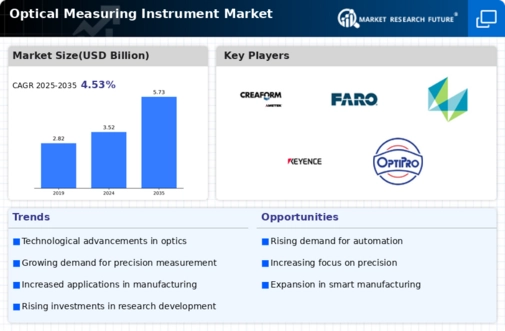
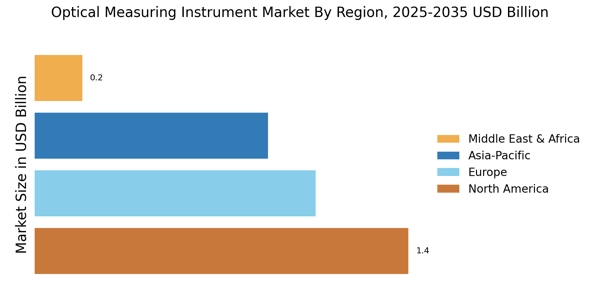

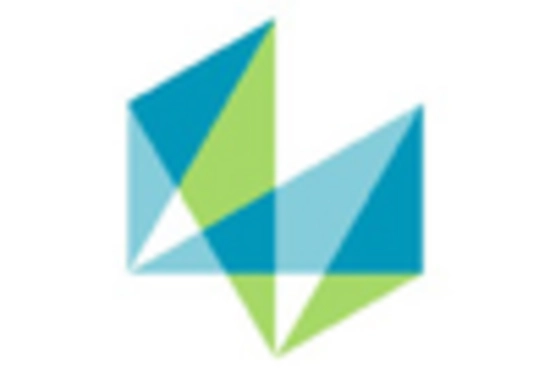
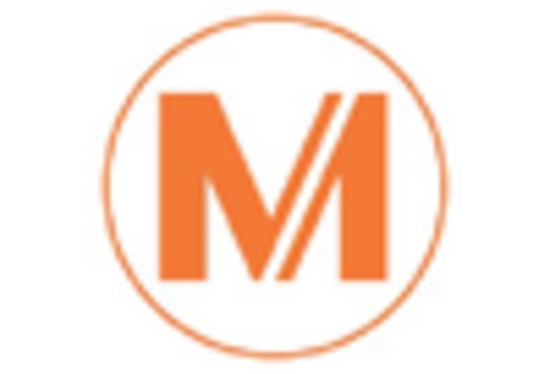

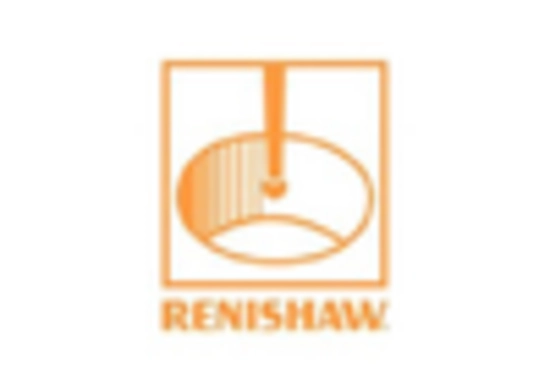









Leave a Comment